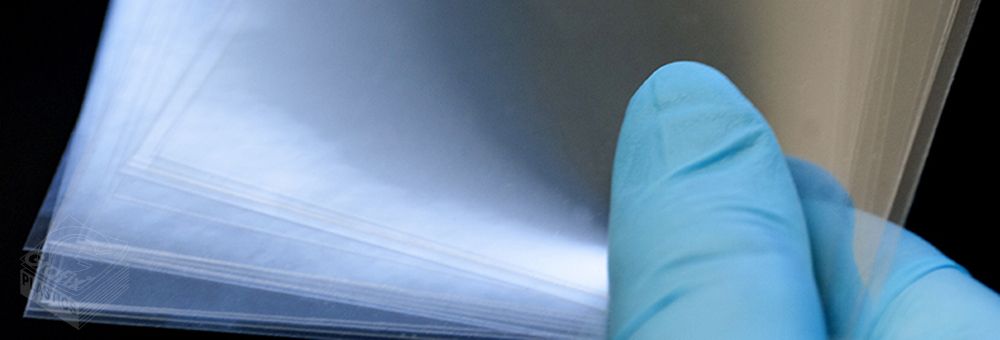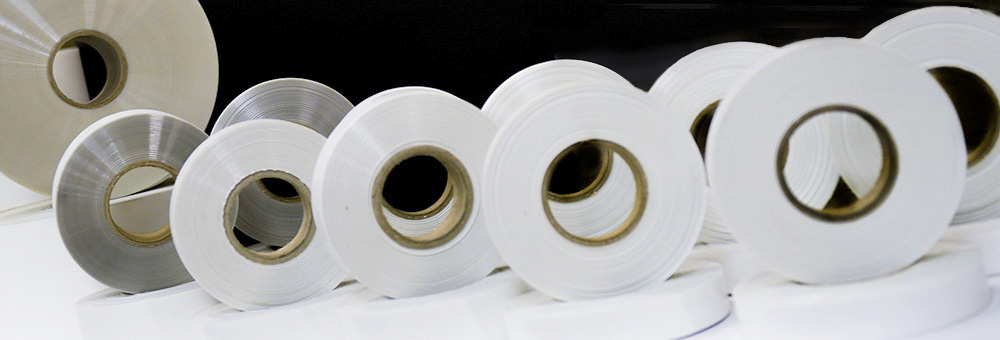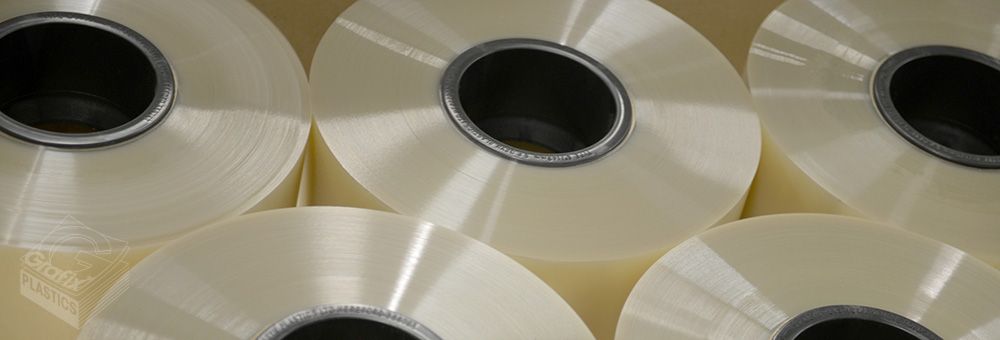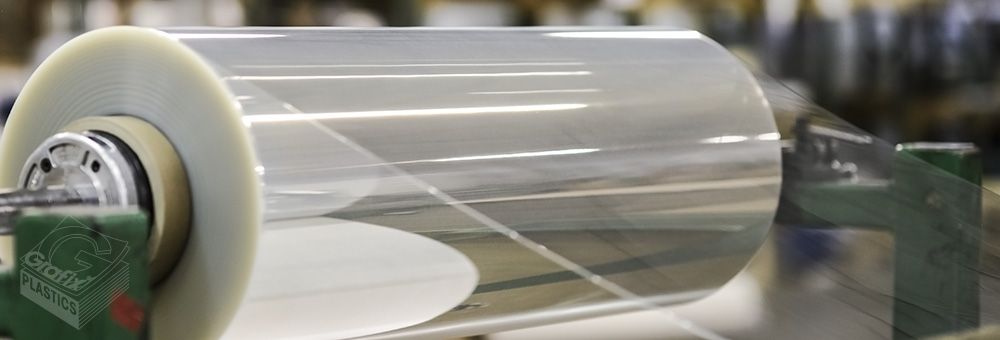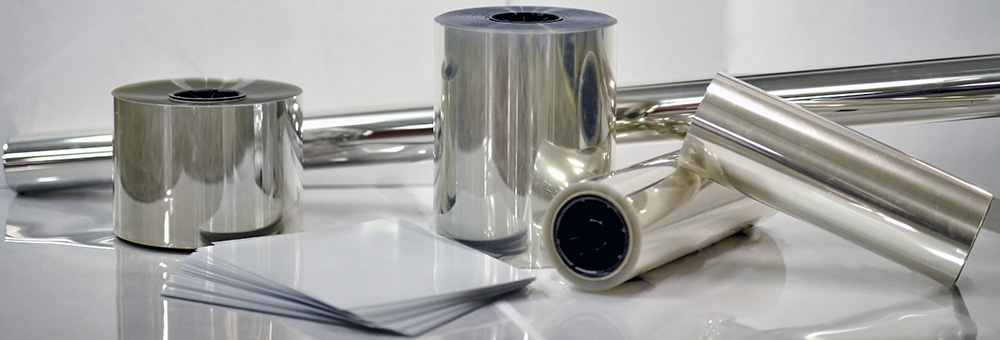Is DuraLar Food Safe?
Duralar is not certified for contact with food. Grafix stocks other products that are FDA certified such as Acetate, Specific Grades of Polyester Film, HDPE & Polypropylene. Other food safe films are available to special order but will be subject to larger production minimums. Contact us today with your requirements, and let us try and … Read more

